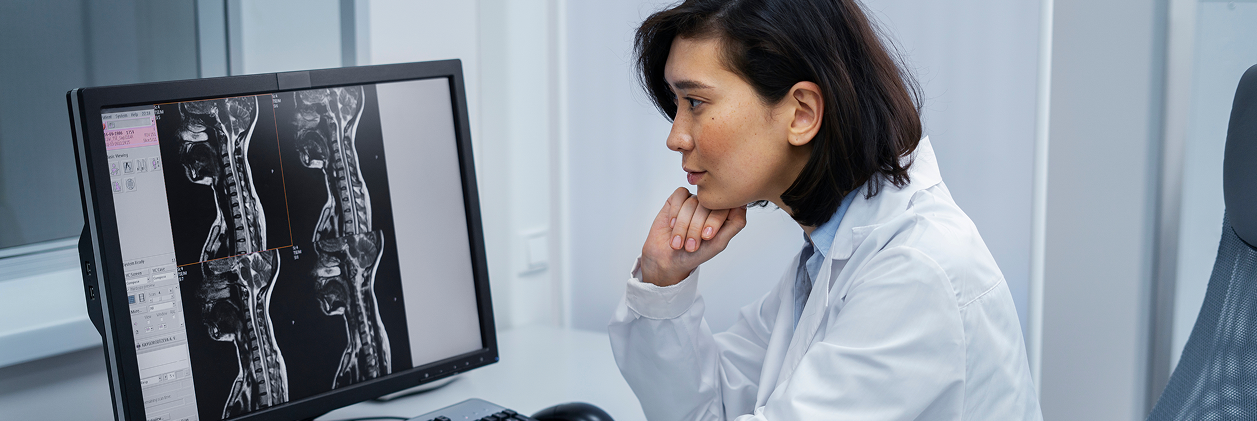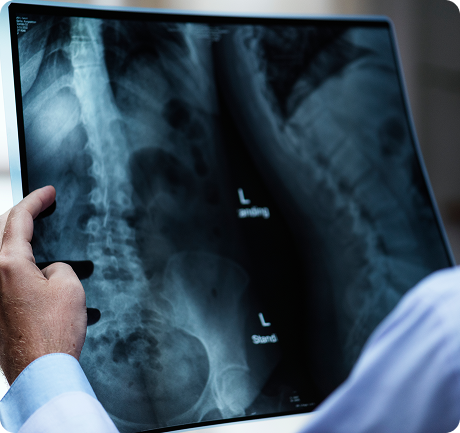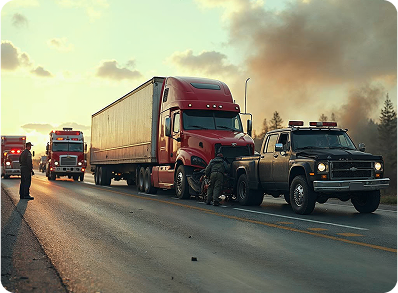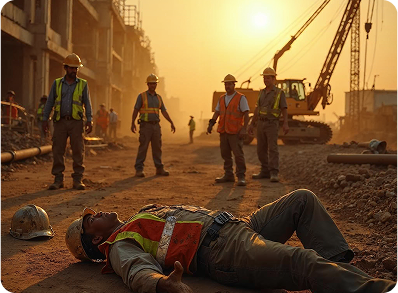Common Types of Spinal Cord Injuries
Spinal disc herniation, also known as a slipped disc, is an injury that involves damage to the connective tissue between vertebral bones. Spinal disc herniation typically occurs when there is either significant long-term strain to the spine (i.e., through poor posture, age-related degeneration. The strain on body mechanics due to lifting unbalanced, heavy items, etc.), or immediate physical trauma, as in a motor vehicle accident.
Spinal disc herniation can lead to a range of symptoms that include inflammation, consistent pain in the neck or lower back, undefined extremity pain, and motor-sensory issues. Such as numbness and muscle weakness. Typically, the symptoms are available on one side of the body, or in a specific area of the body.
Bulging discs are similar to herniated discs, except that the disc itself is not cracked, ruptured, or otherwise damaged. Instead, a patient who is suffering from bulging discs may only be experiencing symptoms. Due to natural wear-and-tear on the outer layer of their spinal cord discs. This may arise due to age-related stiffness and deterioration of the discs’ cartilage, or even trauma impacting the outer layer of the discs. Symptoms tend to be lighter than those experienced by spinal disc herniation patients.
Cervical myelopathy is primarily a degenerative condition that is caused by spinal cord compression (at the cervical spine area). It is quite common among older people. And its onset may not be obvious to the afflicted. As symptoms appear slowly and there is a low level of pain (if any). As such, it may develop in severity without adequate treatment.
Symptoms include motor-sensory issues such as persistent numbness, fine motor clumsiness, and painful hand movement. There may also be a general dexterity loss, loss of strength, and muscle atrophy. As well as neck pain and stiffness.
Spondylolisthesis is the slipping of vertebral bones out of their normal position in the overall spinal structure. Which can lead to a range of symptoms and impairments. It typically involves the vertebrae located near the lower portion of the spinal structure.
Spondylolisthesis may result from a variety of causes. Such as a general defect (at birth), to sudden physical trauma. Such as in a motor vehicle accident or in a collision during recreational sports activities. For example, if you are injured in an accident that cracks the vertebrae, the vertebrae may not slip back into place during recovery and may remain permanently shifted. In some spondylolisthesis cases, the condition is causing by a long-term disease that breaks down the structure of the vertebrae and causes them to slip out of position over time.
Spondylolisthesis symptoms include back pain (particularly in the lower back), muscle strain and stiffness, radiating pain (particularly in the lower body and extremities), difficulty standing, motor difficulties (i.e., limited range of motion), muscle spasms, muscle weakness, and much more.
A vertebral compression fracture involves the cracking or collapsing of a vertebral bone in the spinal structure. And maybe caused by a variety of factors. Vertebral compression fractures typically occur in the middle portion of the spine. As that is where the surrounding spinal structure is best positioned to “collapse” in on the damaged vertebrae.
In some cases, the patient may have weakened vertebrae due to a pre-existing condition. Such as osteoporosis, or perhaps even a spinal infection. And this may make it easier for the patient to suffer a compression fracture while participating in “normal activities,” such as running around, lifting a box, engaging in light recreational sports, etc.
In other cases, the patient may experience an extreme shock or trauma (such as being thrown from their vehicle in a car accident) that violently fractures the vertebral bones at issue and compresses the spine.
Vertebral compression fractures are unique in that the fracture causes the surrounding vertebral bone structures to collapse in on themselves and “compress,” which leads to a number of symptoms. The compression is due to the weight of the surrounding spinal structure and the position of the damaged vertebrae.
Symptoms include sudden back pain, shrinking height, pain when moving, limited range of motion in the spine, spinal deformation, and more. Given the fundamentally unstable nature of the injury. A vertebral compression fracture can significantly worsen over time if left undiagnosed and untreated.









